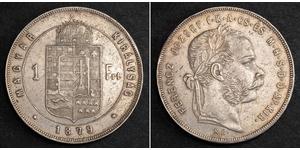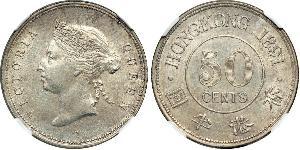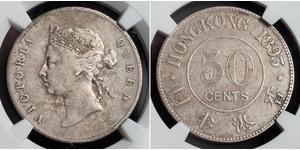(Venduta per $62.0)
1506, Bavaria, Albert IV. "the Wise". Scarce Silver 2 Kreuzer (Gröschel) Coin. R!
Condition: VF+
Mint Year: 1506
Reference: MB#17.
Mint Place: Munich
State: Bavaria (Duchy)
Denomination: 2 Kreuzer (Gröschel)
Material: Silver
Diameter: 23mm
Weight: 1.45gm
Obverse: Rampart lion within inner circle.
Legend: + IVST9 MON . DERELINQVETVR
Reverse: Large shield of Bavaria within inner circle.
Legend: + ALBERTVS DVX . BAVARIE 1506
Duke Albert IV of Bavaria-Munich (15 December 1447 in Munich – 18 March 1508 in Munich), (German: Albrecht IV., der Weise, Herzog von Bayern), from 1467 Duke of Bavaria-Munich, from 1503 Duke of the reunited Bavaria.
Albert was a son of Albert III, Duke of Bavaria and Anna of Brunswick-Grubenhagen-Einbeck. After the death of his older brother John IV, Duke of Bavaria he gave up his spiritual career and returned from Pavia to Munich. When his brothers Christoph and Wolfgang had resigned Albert became sole duke, but a new duchy Bavaria-Dachau was created from Bavaria-Munich for his brother Duke Sigismund in 1467. After Sigismund's death in 1501, it reverted to Bavaria-Munich.
Due to pressing from his father-in-law Frederick III, Holy Roman Emperor, Albert decided to return territorial acquisitions in Swabia in 1492 to avoid a war with the Habsburg and the Swabian League. He then also had to release the city of Regensburg which had been reunited with Bavaria in 1486 and had to renounce Further Austria when Sigismund, Archduke of Austria tried to make it over to Albert.
After the death of the last duke of Bavaria-Landshut George in 1503, Albert managed to reunite the whole of Bavaria in a dreadful war against George's heirs, the Palatinate line of his Wittelsbach family but had to transfer Kufstein and Kitzbühel to his brother-in-law Maximilian I, Holy Roman Emperor as compensation for his support. For the Palatinate branch a new duchy of Palatinate-Neuburg was created.
To avoid any future division of Bavaria, Albert edicted the everlasting succession of the firstborn prince in 1506. Nevertheless his oldest son and successor William IV, Duke of Bavaria had to share his power from 1516 onwards with his younger brother Louis X, Duke of Bavaria. After the death of Louis in 1545, the edict became effective until the end of Bavarian monarchy in 1918.
Albert is buried in the Frauenkirche in Munich.
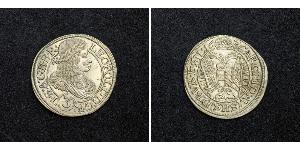
3 Kreuzer Sacro Romano Impero (962-1806) ...
il gruppo ha 11 monete / 11 prezzi
Add coin to this group
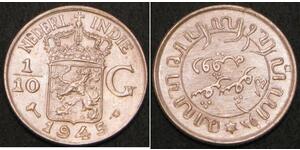
1/10 Gulden Indie Orientali Olandesi (18 ...
il gruppo ha 10 monete / 9 prezzi
Add coin to this group
1 Forint Impero austro-ungarico (1867-1918) Argento Franz Jo ...
il gruppo ha 18 monete / 17 prezzi
⇑
50 Cent Hong Kong Argento Vittoria (1819 - 1901)
il gruppo ha 20 monete / 19 prezzi
⇑







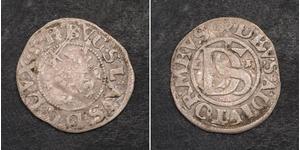






-300-150-Vw4KbzbiGiUAAAFRtHOWyoBd.jpg)
